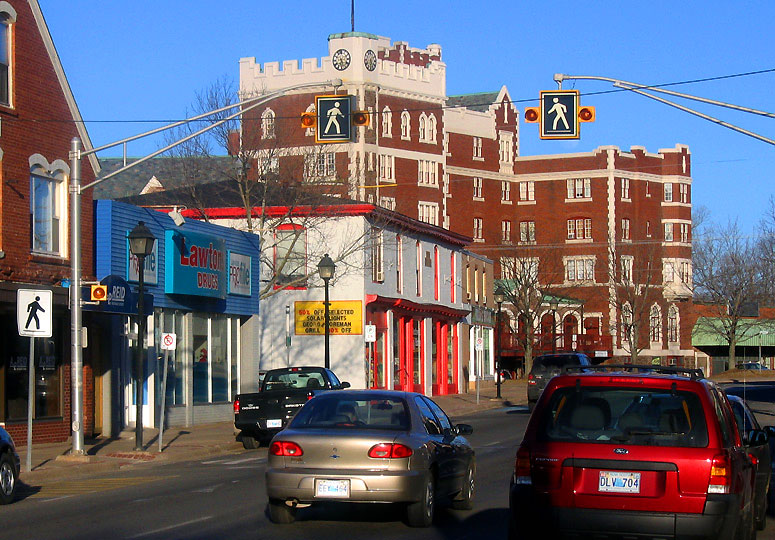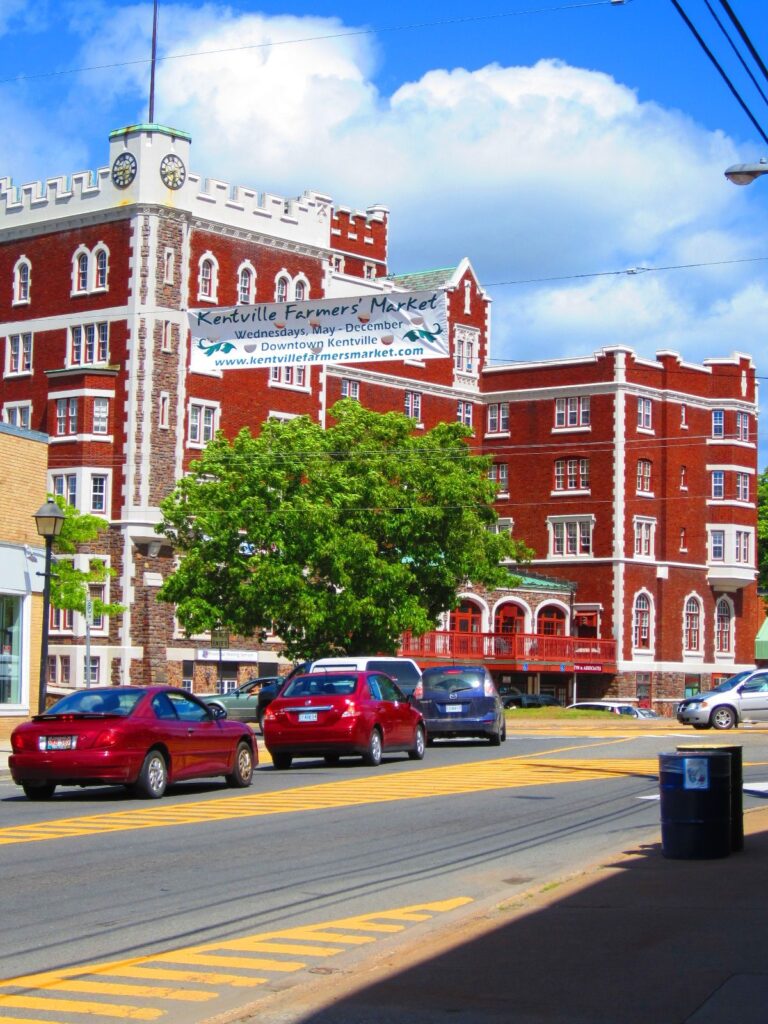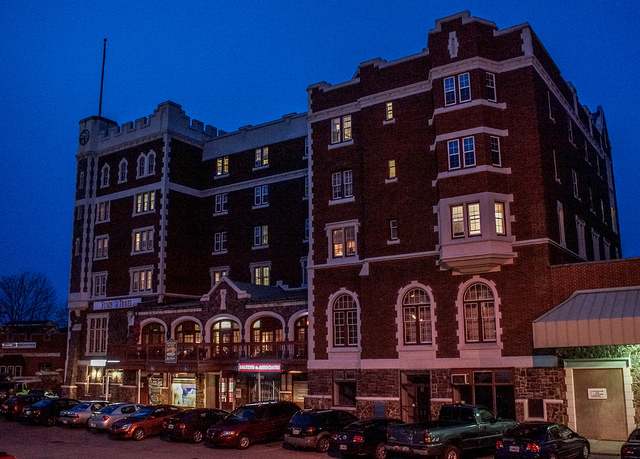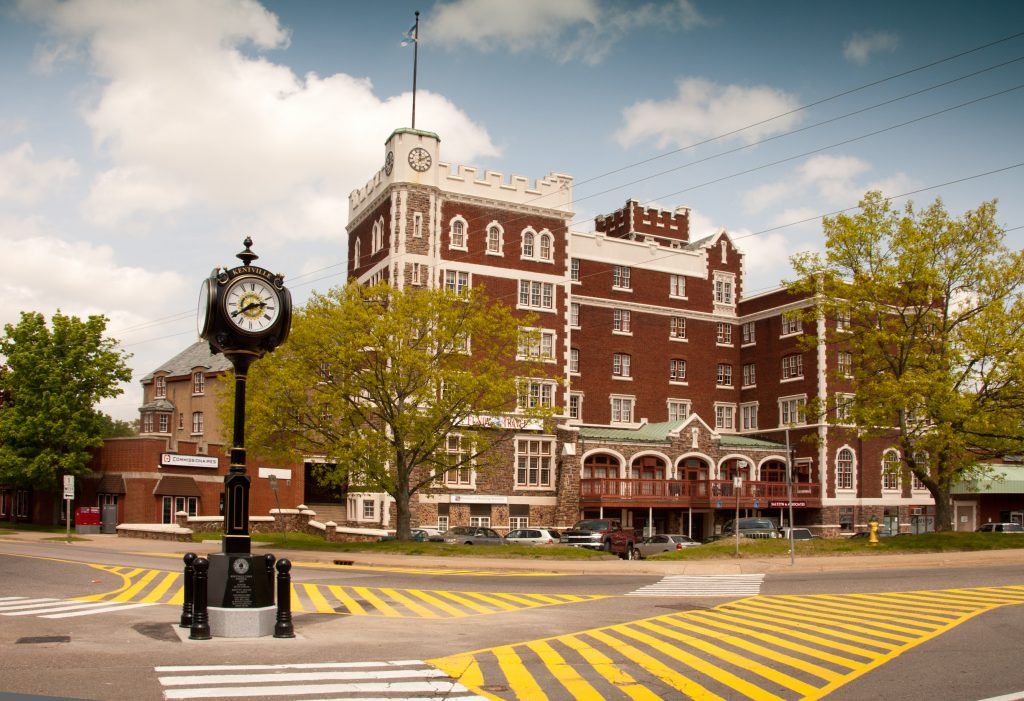Kentville is a town in Kings County, Nova Scotia. It is one of the main towns in the Annapolis Valley, and it is the county seat of Kings County. As of 2016, the town’s population was 6,271. Its census agglomeration is 26,222. Take a look below for 28 fun and interesting facts about Kentville, Nova Scotia, Canada.
1. Kentville owes its location to the Cornwallis River which downstream from Kentville becomes a large tidal river.
2. The riverbank at the future location of Kentville provided as easy fording point.
3. The Mi’kmaq name for the location was “Penooek”.
4. The ford and later the bridge at Kentville made the settlement an important crossroads for settlements in the Annapolis Valley.
5. Kentville also marked the limit of navigation of sailing ships.
6. The area was first settled by Acadians, who built many dykes along the river to keep the high Bay of Fundy tides out of their farmland.

7. These dykes created the ideal fertile soil that the Annapolis Valley is known for.
8. The Acadians were expelled from the area in the Bay of Fundy Campaign (1755) by the British authorities because they would not swear allegiance to the British King.
9. The area was then settled by New England Planters. Settlement was expedited by the United Empire Loyalists during the American Revolution.
10. The town was originally known as Horton’s Corner, but was named Kentville in 1826 after Prince Edward Augustus, Duke of Kent (son of King George III and father of Queen Victoria), who resided in Nova Scotia from 1794 to 1800.
11. The village was at first relatively small and dwarfed by larger valley towns with better harbours such as Canning and Wolfville.
12. The crossroads location did attract early shopkeepers and several stagecoach inns.

13. Small schooners were able to land cargos in the “Klondyke” neighhourhood by the Cornwallis River which marked the height of navigation.
14. Kentville developed a reputation for rowdy drinking and horseraces in the early 19th century, earning the nickname “the Devil’s half acre.”
15. Kentville faced serious challenges after World War II. The dominant apple industry suffered severe declines due to the loss of its British export market.
16. The nearby military training base at Camp Aldershot was significantly downsized and the town’s major employer, the Dominion Atlantic Railway suffered serious declines with the collapse of the apple industry and the growth of highway travel.
17. Further decline followed in the 1970s as the town lost its retail core to the growth of shopping malls and later “big box” stores in nearby New Minas. The town was also eclipsed in restaurant, upscale retail and cultural institutions by the nearby university town of Wolfville.
18. In the 2016 Census of Population conducted by Statistics Canada, the Town of Kentville recorded a population of 6,271 living in 2,743 of its 2,891 total private dwellings, a change of 2.9% from its 2011 population of 6,094.

19. With a land area of 17.26 km2 (6.66 sq mi), it had a population density of 363.3/km2 (941.0/sq mi) in 2016.
20. Kentville’s 2011 population of 6,094 people reflects a modest population growth of 4.6% which has been lower than Kings County as a whole (7.1%) but slightly higher than the provincial average (3.0%).
21. Kentville’s own population however is closely integrated with adjacent communities of Coldbrook and New Minas making for a combined population of 14,613 and forming part of the fast-growing area of eastern Kings County with an overall population of 25,969.
22. During the early part of the 20th century Kentville emerged as the business centre of Kings County and despite the post-war loss of commerce to other valley communities, it remains the professional centre of the Annapolis Valley.
23. Kentville is home to numerous professional services such as lawyers offices, doctors, and investment firms.
24. On the outskirts of the town is the Valley Regional Hospital, built in 1991.

25. The town is also home to the Annapolis Valley Regional Industrial Park which employs numerous people in the area through a variety of different businesses.
26. Agriculture, especially fruit crops such as apples, remain a prominent industry in the Kentville area, and throughout the eastern part of the valley.
27. The Apple Blossom Festival, founded in 1933 is held each May to celebrate the blossoming of local apple industry, one of the region’s richest forms of agriculture.
28. Kentville is also well known for its Pumpkin People Festival.




